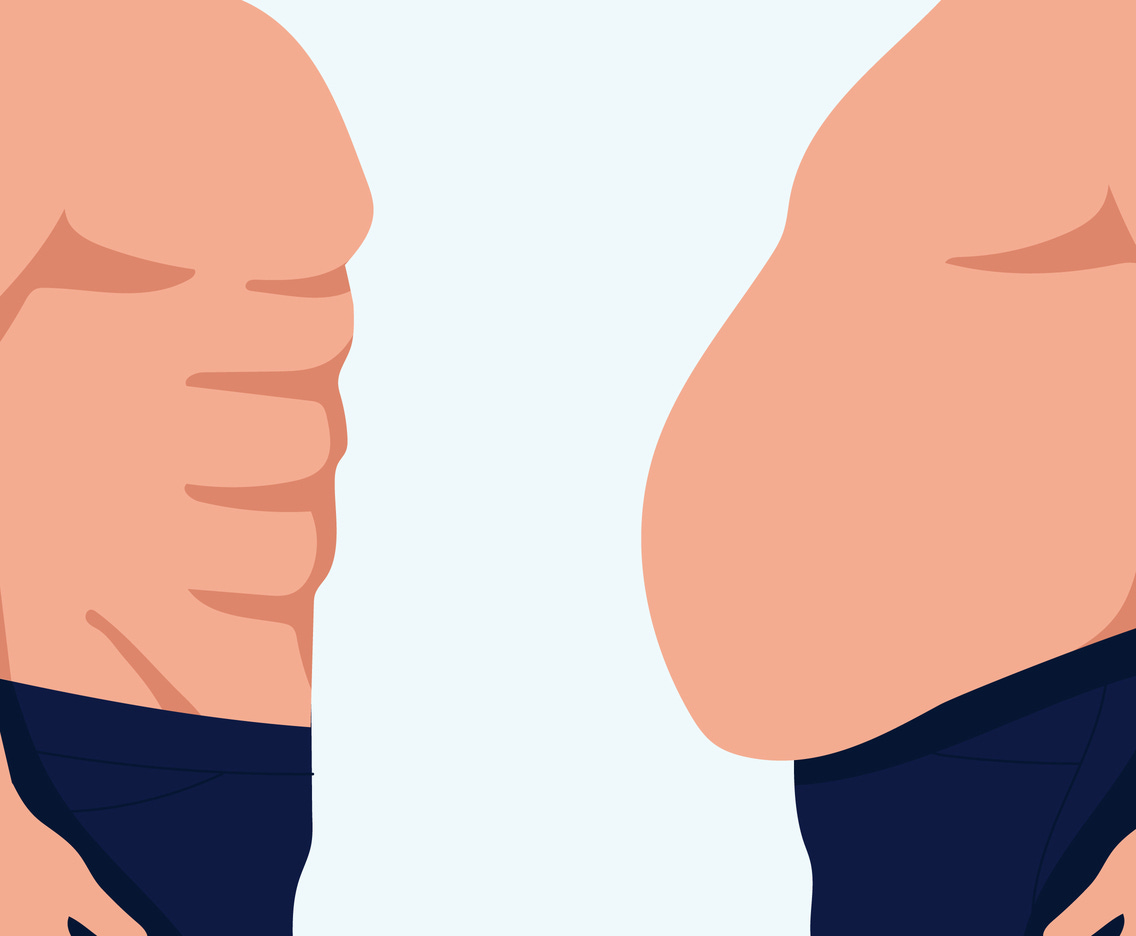Your Body Off Exercise: Here's What Happens!
Time and time again, research has proven the health benefits of exercise. But what about the effects of not exercising? When you quit all physical activity, your body undergoes some pretty dramatic biological changes.
Let’s face it, a sedentary lifestyle is common today. According to a January 2020 report from the Centers for Disease Control and Preventi…



